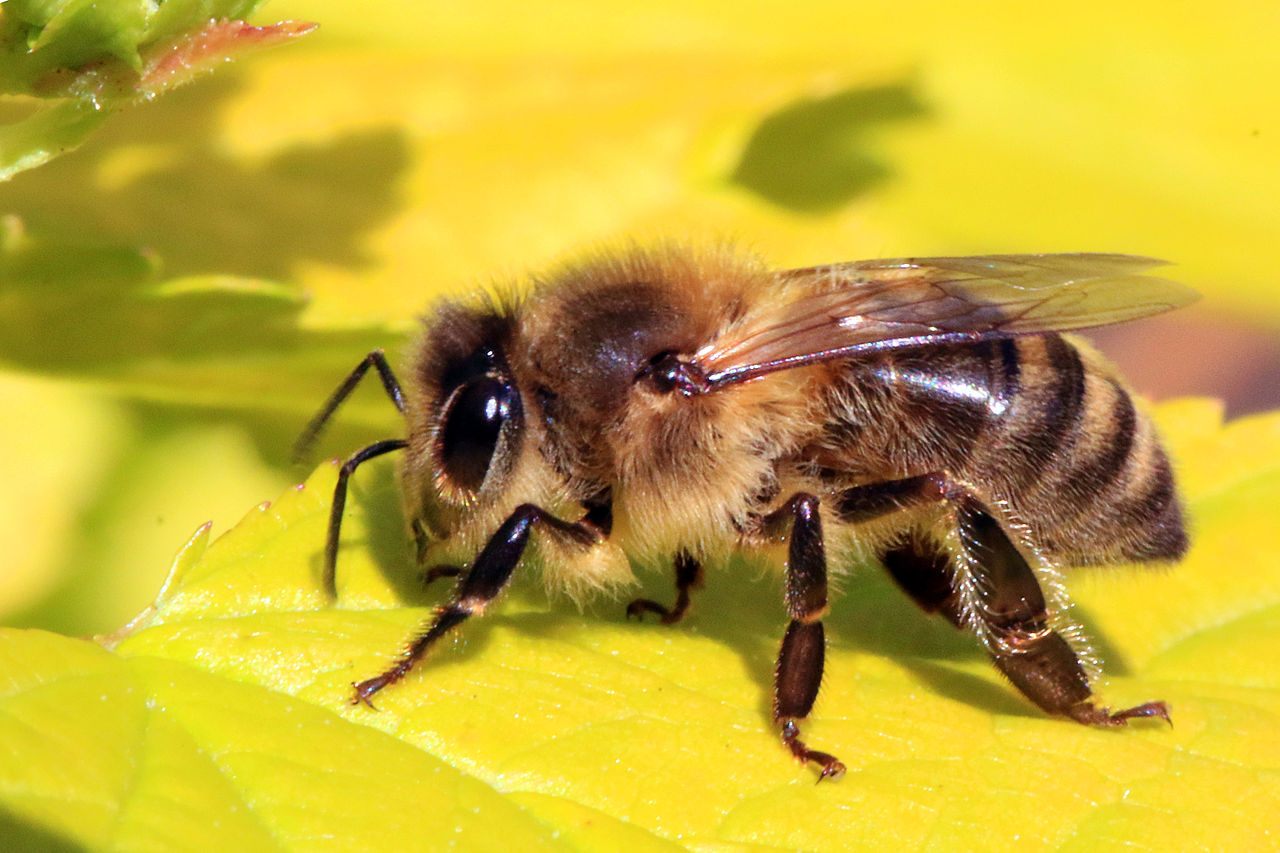

Bees haven’t had it easy lately.
With a marked rise in Colony Collapse Disorder (CCD) resulting in the wipeout of large percentages of bee population in a given region, combined with an indiscriminate use of pesticides, the Varroa destructor mite, increased pollution and climate change, among others, bees are declining rapidly in numbers, causing a significant tremor of worry across the globe.
Indeed, one-third of the world’s crop production depends on pollination and bees, among other pollinators, help increase the yield of 87 of the leading food crops around the world. However, in the midst of the Covid-19 pandemic, their natural interplay with the coming of spring having been disrupted, the bees are having a bit of an ambiguous time.
The pandemic might also be the perfect time to work towards creating awareness around the most hard-working creatures in our ecosystem
A UK report has predicted that declining wild bee populations might begin to recover, especially in urban areas, as many city councils are leaving roadside hedges and shrubberies uncut. The lockdown has also reduced pollution considerably, helping bees forage and thereby pollinate more effectively. The slowing down of human activity seems to have given the bees a much needed break.
The picture isn’t as rosy overall, especially for commercially harvested bees and their keepers. Across the world, the travelling of bees has been put on hold—with the lockdown resulting in transportation restrictions—leading to a decline in much needed pollination. While it’s terrible news for all reliant crops and the food chain, it isn’t much better for the bees themselves, as large portions of them are likely to starve in some cases and, in the midst of an Indian summer, also die from the heat. For nomadic beekeepers, the pattern remains constant across India, Pakistan and China as well, resulting in losses worth millions of dollars.
One-third of the world’s crop production depends on pollination, and bees directly increase the output of 87 of the leading food crops worldwide.
In Himachal Pradesh, for example, paranoia and panic has permeated peripatetic beekeeping as orchardists are turning away new apiaries, believing the bees might aid the spreading of the virus. The ripple effect has been enormous, leaving the travelling beekeepers without their regular income, as well as plummeting the price of honey. Himachal Pradesh has a big beekeeping programme, aiding its otherwise flourishing business of fruits (the state is one of the biggest producers of fruit in the country).
If the pandemic itself wasn’t bad enough, the bees—and frankly the world at large—were faced with another unprecedented terror, the dramatically named ‘murder hornets’ — Vespa Mandarinia, a giant hornet native to Asia mostly found in Japan, parts of Russia, Thailand and Myanmar, arrived in North America earlier this month, known for attacking honeybees viciously, crawling into their hives and ripping off their heads.
Another unfortunate turn of events saw a disturbing exponential spread of a viral disease in the UK known as chronic bee paralysis virus (CBVP), which “causes honey bees to suffer severe trembling, flightlessness and death within a week”.
However, in the midst of the pandemic, their natural interplay with spring having been disrupted, the bees are having a bit of an ambiguous time.
EVEN THOUGH THE virus is concentrated mostly among industrial beekeepers and is likely to burn out with time; even though murder hornets are mostly being controlled in the regions they’ve suddenly surfaced in—these sudden, unexpected developments have only added to the worry of scientists studying the decline of bees.
They have also added a strain of drama to the proceedings, what with the former having symptoms eerily close to Covid-19 (a bit of a stretch but with grains of truth nonetheless), and the latter having the most Hollywood nickname of all time.
What is most worrying right now is the lack of clarity on how recovery will look and unfold in a world when the Covid-inspired restrictions begin to ease. We are currently walking a precarious tightrope where a continued, conscious effort to maintain the new, positive environmental realities might result in a more flourishing, happier bee populace, while ensuring that the beekeeping community does not falter and the millions of bees under their care don’t perish.
The pandemic might also be the perfect time to work towards creating awareness around the most hard-working creatures in our ecosystem, a fact glaringly obvious, and, yet, just below the surface to stop from becoming as mainstream as it needs to be. With more time on our hands than usual, what we choose to do now might result in a lasting effect on the future of the insect.
Anushree Kaushal is a former editor, Penguin Random House India. She is interested in the intersection of foreign policy, environment and security.
Eroded trust has exposed economic divides. Divergent US-Europe threat perceptions now drive policy splits on…
Buildings account for a third of the world’s energy consumption. Retrofitting can help reduce up…
Investment in human capital plays a decisive role in economic growth. India, which seeks to become the…
Pseudo-moralistic harangues claim Minsk agreements were deceptive exercises to arm Ukraine, manipulating history and ignoring…
AI won't end humanity—but it may dull our minds. Dr. Alok Bajpai argues that as…
Europe's challenges remain critical despite Asia's rise, ignoring Chinese expansionism or retreating inward risks global…